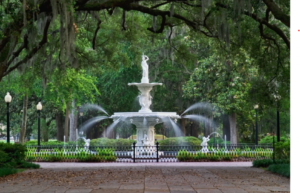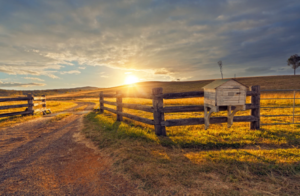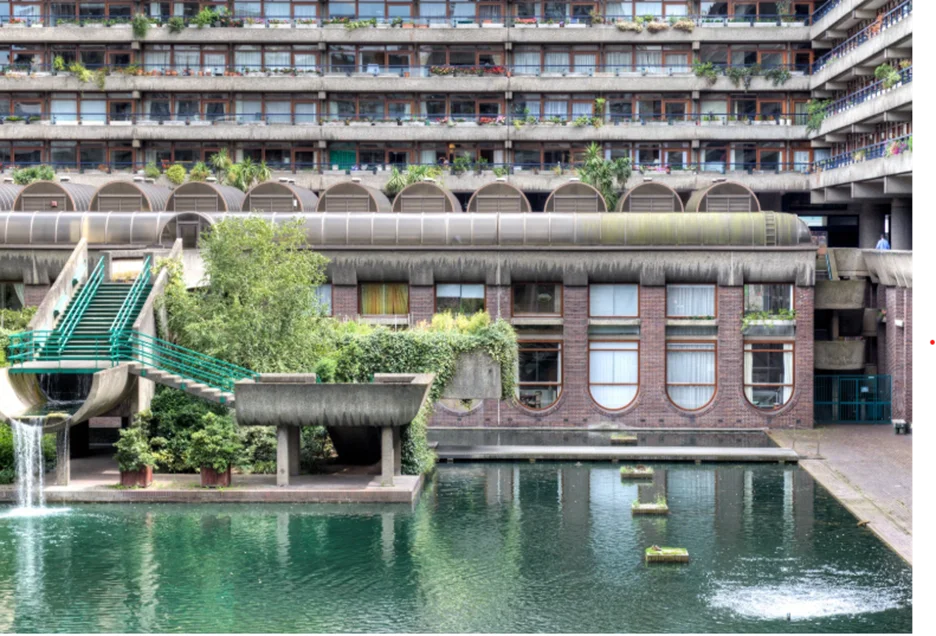Water features have been an integral part of landscaping for centuries. From the ancient civilizations of Mesopotamia and Egypt to the modern-day suburban gardens of North America, fountains and water installations have served both functional and decorative purposes. While they once played a role in irrigation and water storage, today they are prized for their ability to enhance aesthetics, create a tranquil atmosphere, and add value to properties.
Ancient Origins of Water Features
The earliest recorded use of water features dates back over 4,000 years to Mesopotamian and Egyptian civilizations. In these arid regions, water sources were vital for survival. Wealthy individuals and royalty built elaborate gardens with pools and fountains to showcase their access to clean water. The Hanging Gardens of Babylon, one of the Seven Wonders of the Ancient World, is believed to have featured a sophisticated irrigation system that brought water to cascading terraces.
In ancient Rome, fountains became a hallmark of public and private spaces. The Romans engineered aqueducts to transport water from distant sources to cities, enabling the creation of elaborate fountains in town centers, temples, and private villas. Many of these structures, such as the Trevi Fountain, continue to be admired today.
Water Features in North American Landscaping
In North America, water features have been widely used in both public and private spaces. City parks, such as New York’s Central Park, include fountains and ponds that serve as focal points for relaxation and social gatherings. Residential gardens have also embraced water elements, with options ranging from small tabletop fountains to larger installations such as koi ponds and waterfalls.
A popular trend in North American backyards is the use of Whiskey barrel water fountain. These rustic yet charming features bring a nostalgic, country-inspired touch to outdoor spaces while providing the soothing sound of trickling water. Pairing a whiskey barrel fountain with tile patios, pool decks, and walkways can create a cohesive and inviting outdoor space.

The Evolution of Water Features in European Landscapes
During the Renaissance period, European gardens saw a resurgence in the use of water features. Inspired by Roman and Greek architecture, wealthy landowners and monarchs designed grand fountains, reflecting pools, and cascading waterfalls. The gardens of Versailles in France, commissioned by Louis XIV in the 17th century, are a prime example of how water was used to display power and artistic refinement.
The 18th and 19th centuries saw the emergence of the English landscape garden, which emphasized naturalistic designs. Instead of rigid geometric patterns, these gardens incorporated meandering streams, ponds, and waterfalls to create a more organic, picturesque effect.
Modern Water Feature Trends
With advancements in technology and a growing emphasis on sustainability, modern water features have evolved beyond traditional designs. Many homeowners are opting for eco-friendly options such as solar-powered fountains and rainwater-fed ponds. Smart water features with LED lighting and automated pumps are also gaining popularity, allowing homeowners to control their fountains with a smartphone.
Water features can also reflect personal style. Some homeowners embrace vintage-inspired decor, incorporating antique-style fountains to give their gardens a timeless, classic look. Decorating with antiques is considered a powerful design choice, adding character and uniqueness to an outdoor space.
Meanwhile, rustic and Western-inspired décor styles have influenced water feature designs, with many homeowners choosing fountains made from natural materials like stone and wood. If you’re interested in transforming your space with a rustic touch, check out this guide to rustic Western décor.

The Lasting Appeal of Water Features
Whether for their practical benefits or their undeniable beauty, water features continue to be a staple in landscaping. They offer a sense of serenity, attract wildlife, and can even increase property value. While modern innovations have introduced new designs, the fundamental appeal of water in a landscape remains unchanged since ancient times.
For more historical insights on water’s features, you can explore this Wikipedia page on fountains, which details their evolution across different cultures and eras.
As North Americans continue to seek ways to create inviting outdoor spaces, water features will undoubtedly remain a key element in garden and home design.







